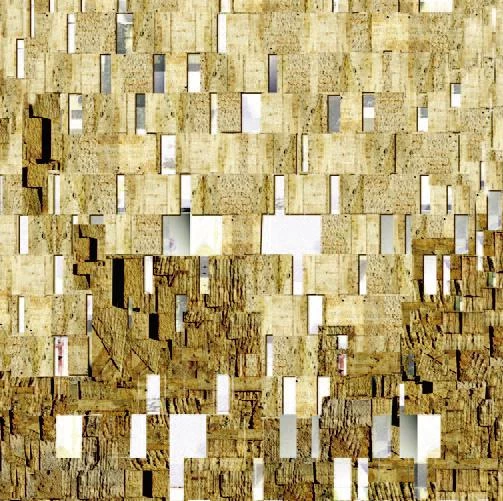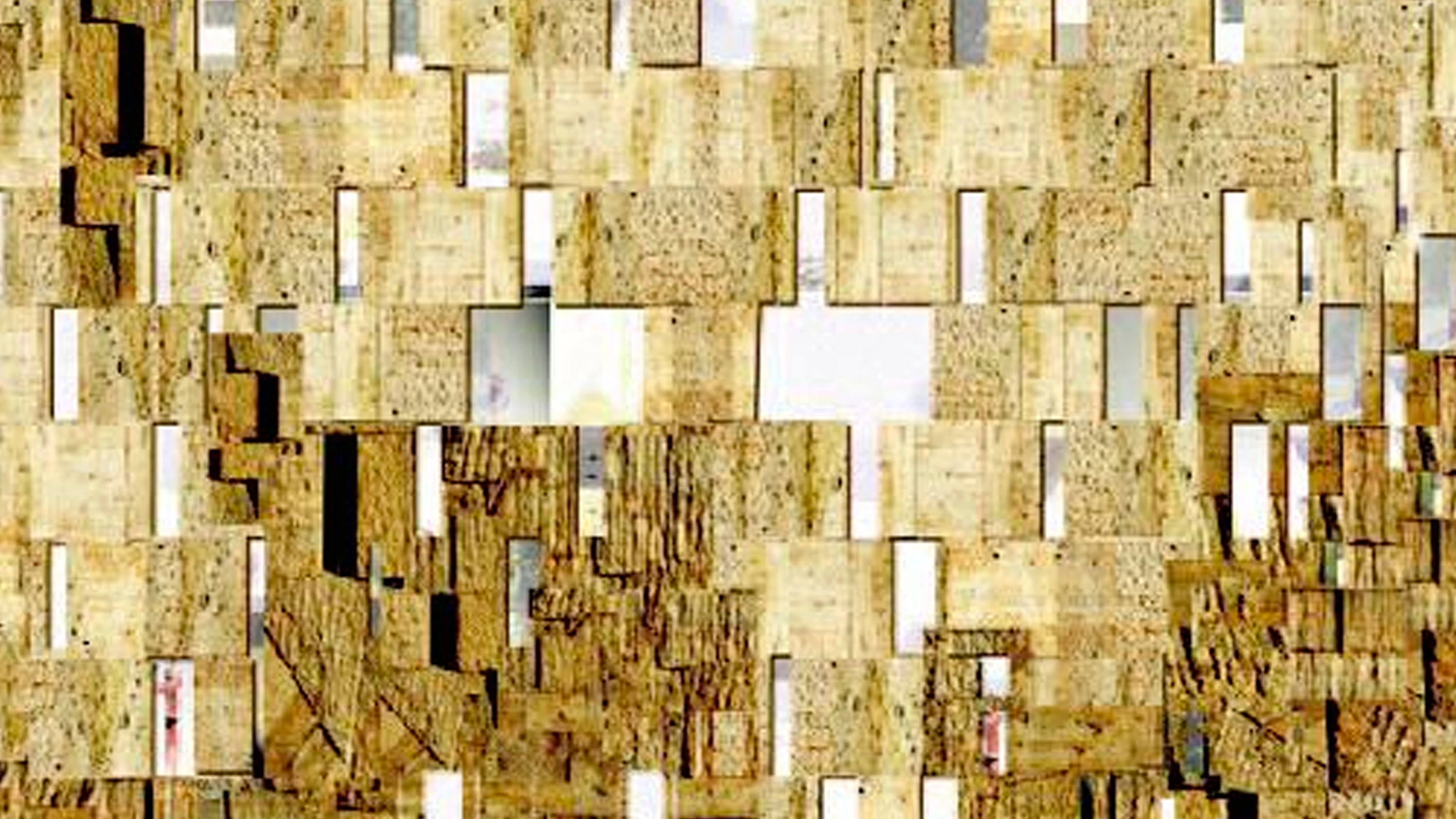
The Europe of the single currency is an architectural project: it requires political firmitas, social utilitas and cultural venustas. The new bills are illustrated with buildings and public works that represent at once the singular heritage of the old continent and its current collective project to build a common home, laying out bridges and opening windows over obsolete frontiers. Standing between the past and the future, this historic project has a political dimension that is also territorial and urban, because it affects the physical conformation of European landscapes; a social dimension that is demographic and functional, because it refers to the demand of infrastructures and services of the continent’s population; and a cultural dimension that is, in the end, both communicative and symbolic, because it lies within the context of shared perceptions and values. More than a market and less than a state, the Europe of the euro is an open, hopeful and tangled process.
In this house under construction we live now, still uncertain of its final dimension or inhabitants, but reasonably sure that we must try to keep the project from derailing on the obstacle of euroskepticism. We cohabit Europe while we build it, and this ambiguous term refers at once to the temporal nature of the arrangement, to the will to live together in the territory, and to the collective forms of housing that characterize European urbanity. This cohabitation moves around students and manners, mixes people and languages, blurrs national identities and nurtures a new nucleus of institutional and emotional reference. And in this communal melting pot, European cities and housing acquire a renewed pertinence, a stratified heritage of tradition and experiences with which the young European architects that compete in the coral laboratory of Europan and the accomplished professionals that swiftly sail around the geography of the continent critically dialog.
The construction of Europe has, indeed, as many shadows in the past as uncertainties in the future. Carlomagno rests in a peaceful penumbra that still has not reached the mercenary armies of Charles the Fifth, the revolutionary troops of Bonaparte or the armored divisions of Hitler, three hegemonic projects of Europe that the historical memory still has not been able to redeem. On its part, the current project suffers from an insufficient democratic legitimacy, an excessively dispersed leadership and a blurred definition of objectives, three wounds that weaken the autonomy of Europe before the increasing economic and military strength of our Atlantic partner, a United States that has responded to 11 September with a tide of patriotic fervor that has substituted subordination for multilateralism. Whether this increasingly evident ancillary role will be compatible with European cohabitation is as hard to predict as the future exchange rate of that newly born currency whose bills rustle between our fingers.






